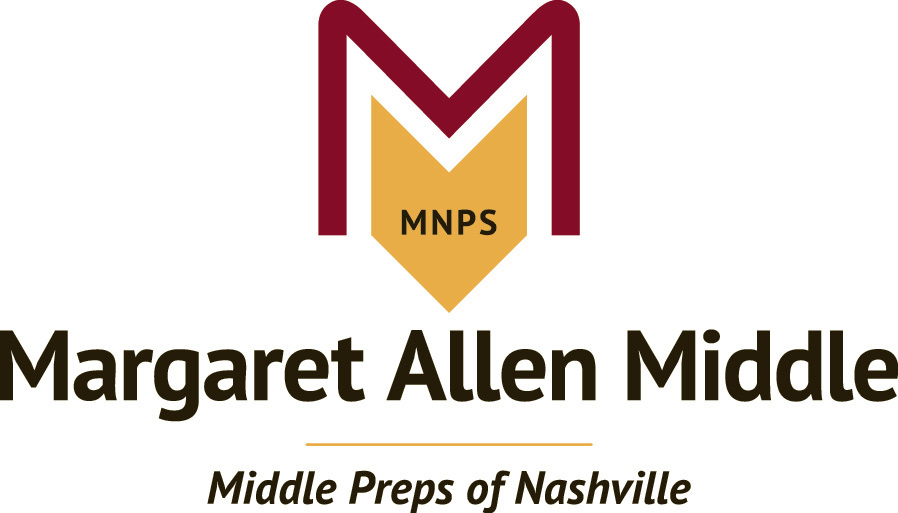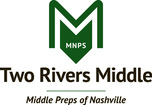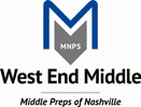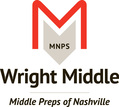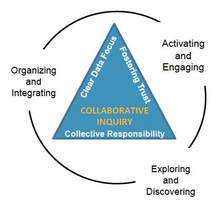 I hope you enjoyed the snow days. I know that I did. Now, it is time to get back to the important work of supporting student success. Prior to the snow break, I had the privilege of working with to MNPS teams--Learning Technology and the SE Quadrant Leadership. During the two meetings, the collaborative inquiry process was used to facilitate discussion to dialogue to decision making. To learn more about the work being done by both of these outstanding teams, click on the below links.
If you have a collaborative story to share or would like to request assistance, please contact Margie Johnson at [email protected].
0 Comments
Thanks to the following middle schools and organizations that participated in the collaborative inquiry data dive.
The session began with an Activating and Engaging activity called Looking Back...Looking Ahead (Lipton & Wellman, 2011) where participants shared how family involvement in schools has changed from the past to now and then their vision for future family involvement.
We Organized and Integrated the observations using the Traffic Light protocol (Lipton & Wellman, 2011) to discuss actions to stop, continue, and start.
References:
Learning Hero. (2017, August). Parents 2017: Unleashing their power & potential. New York, NY: Learning Heroes. Lipton, L. & Wellman, B. (2011). Groups at work: Strategies and structures for professional learning. Charlotte, VT: MiraVia, LLC.  You might see that acronym BHAG and be thinking......"what in the world does that mean?" Well, Cole Elementary has brought BHAGs to their school (Big Hairy Audacious Goals) as a way of having "unrelenting focus, clarity of thought, consistent communication, alignment of resources, innovation, discipline, and teamwork" (Sparks, 2007, p. 13). Cole Elementary started the year with a literacy BHAG and decided to create a BHAG for math. To create the math BHAG, they used the collaborative inquiry process during grade level team meetings to get teacher voice about the math BHAG. Once the teachers' BHAGs were compiled, the leadership team met to finalize the math BHAG. Then, on November 16th, grade level teams are meeting to collaboratively develop action plans for achieving their math BHAG. To read more about their BHAG work, go here: www.mnpscollaboration.org/cole-elem-bhag-fall-2017 Cole Elementary also participated in the SEL Culture and Climate Walk-through. On November 6th, the collaborative inquiry process was used to help them analyzed the data and discuss actions they might stop, continue, and start to continue working on the culture of the building. To learn more about that exciting work, go here: www.mnpscollaboration.org/cole-elem-culture-and-climate--2016.html If you have a collaborative story to share or would like to request assistance, please contact Margie Johnson at [email protected]. Reference: Sparks, D. (2007). Leading for results: Transforming teaching, learning, and relationships in schools. Thousand Oaks, CA: Corwin Press. The Department of Equity and Diversity offers a wonderful professional learning experience called the Poverty Simulation. After participating in the poverty simulation, participants engage in a data dive during the Poverty Simulation follow-up meeting to discuss action steps for supporting student success.
For the poverty simulation follow-up meeting, participants engage in a data dive by reviewing various data warehouse reports, including Assessment Details by Subgroup for TLA, MAP, and/or ACT; Attendance Dashboards for 2017 through 2014, and Behavior Dashboards for 2017 through 2014. To see specific details from each follow-up meeting, click on the name. If you have a collaborative inquiry story or are interested in learning more, please contact Margie Johnson at [email protected]. 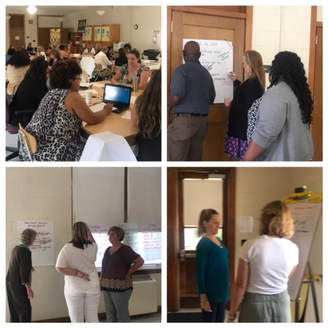 Kassie Williams, a coordinator for the MNPS Exceptional Education department, is using the collaborative inquiry process to work with coaches this semester. One session is planned for September, October, and November. The first session was held on September 20, 2017. The purpose of these sessions is to foster a culture of collaboration for supporting student success. The primary outcome for this meeting was to allow the exceptional education staff to leverage their collective expertise in addressing four focus areas:
To learn about their work and the workshop, please go to www.mnpscollaboration.org/exceptional-education-coaches.html If you have a collaborative inquiry story or are interested in learning more, please contact Margie Johnson at [email protected].
After a brief discussion about SMART goals, draft goals were generated during this session. We are still working to finalize their goals for their deadline of October 6th.
I was honored to work with such a talented group of professionals. Keep up the wonderful work!! If you would like assistance with facilitating your team using the collaborative inquiry process, please feel free to contact Margie Johnson at [email protected].
On August 30, Goodlettsville Middle engaged in the follow-up meeting. While we ran out of time for developing theories of causation, another meeting will occur to finish up the process. These theories will then guide grade level teams' work for supporting student success. To learn more about this meeting, including the PowerPoint presentation and data sets used, go to: Goodlettsville Middle Poverty Simulation Follow-Up Meeting (http://www.mnpscollaboration.org/goodlettsville-middle-poverty-simulation-follow-up-meeting.html)
The Poverty Simulation is an outstanding professional learning experience. If you are interested in learning more about it, please contact Allison Buzard at [email protected]. How are you and/or your school using the collaborative inquiry process for making data-informed decisions? Please share stories, resources, or request support by contacting Margie Johnson at [email protected]. 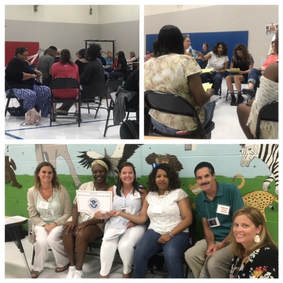 Are you familiar with the MNPS Poverty Simulation? It was developed by the Missouri Association for Community Action (http://www.communityaction.org/povertysimulations/) and brought to MNPS and led by Allison Buzard, MNPS Equity and Diversity Coordinator to help us learn about the daily circumstances some of our families face on a regular basis. On August 4, 2017, I had the privilege of helping with the MNPS Poverty Simulation as a vendor while Hull Jackson Montessori School and Jones Paideia School educators participated in the simulation. During the simulation, I was a representative for the Office of Immigration and Customs, which I selected because all of my children are immigrants, and we had to go through the process of getting them US Citizenship. In this role, I had to deport undocumented participants either by having their name provided as part of the simulation directions or by them being in trouble with law enforcement. The critical part of the simulation is to see the behaviors that are exhibited during the simulation. It certainly is a wonderful learning experience. I thank Allison for bringing this professional learning experience to MNPS. Furthermore, I thank her for the partnership of having schools take a data dive using the collaborative inquiry process as a follow-up discussion for establishing an action plan for supporting our students. If you are interested in using collaborative inquiry for facilitating data conversations and leveraging collaborative expertise, please contact Margie Johnson at [email protected]. In June 2017, Mariana Merritt, MNPS Coordinator of Family and Community Engagement, Pre-K, attended the Leading Collaborative Inquiry Teams workshop. A challenge at the end of the workshop was to use some of the structures, strategies, and principles at your next meeting. Mrs. Merritt was up to the challenge and is willing to share with us strategies she used and how it affected her meeting. On July 15, 2017, Mariana Merritt facilitated the Parent Ambassador Annual Meeting. Since this group just formed, their first task was to develop a vision and mission statement to guide their work for the 2017-2018 school year. During her reflection, she shared three strategies that helped her effectively lead this collaborative team. Collaborative Inquiry Process 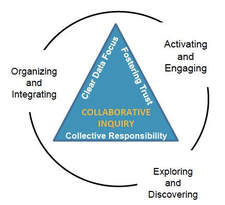
Third Point
Diamond Pattern of Interaction
Thanks to Mariana Merritt for allowing us to learn with her.
If you have a collaborative inquiry story and/or need support with collaborative inquiry, please email Margie Johnson at [email protected]. References: Lipton, L. & Wellman, B. (2015). Leading groups: Effective strategies for building professional community. Charlotte, VT: MiraVia, LLC. MNPS Community of Practice. (2017). MNPS collaborative inquiry toolkit website. Retrieved from http://www.mnpscollaboration.org/ Wellman, B. & Lipton, L. (2017). Data-driven dialogue: A facilitator’s guide to collaborative inquiry. Charlotte, VT: MiraVia, LLC. |
Email Subscription
Click HERE to subscribe to receive emails for the blog posts. Archives
February 2018
Categories
All
|
||||||||||||||||||||||||||||||||||||||||||||||||||||||||||||||||||||||||||||||||||||
- Home
-
Workshop Warehouse
- Collaborative Inquiry for Data Use Workshop (Got Data? Now What?)
- Fishbone and Logic Model Workshop Materials
- Innovation Configurations Materials
- Creating an Evaluation Plan
- Facilitating Collaborative Inquiry Workshop (Dr. Laura Lipton)
- Group Data Exploration (PLI 2016)
- Collaborative Inquiry Community of Practice
- JE Moss Elementary Leadership Team Meeting
- 2016 NCES STATS DC Presentations
- Una Elementary Leadership Team
- Haynes Middle Prep-August 1, 2016
- August 2, 2016--Jere Baxter Middle
- 2016 NTC Nashville Analytics Conference
- Glencliff ES Leadership Team--Sept. 15, 2016
- Haynes MS Leadership Team Culture and Climate Meeting--Sept 19, 2016
- Sept 27, 2016 Two Rivers Leadership Team Meeting
- Rose Park Culture and Climate--2016
- Two Rivers SIP Goal Setting--Sept 20, 2016
- Curriculum and Instruction Meeting--Sept. 30, 2016
- Two Rivers--October 10, 2016
- John Early Culture and Climate--2016
- CTE Cohort--October 11, 2016
- Apollo Middle Milestone Meeting
- Murrell--Culture and Climate 2016-2017
- Margaret Allen--Jan 4, 2017 Culture and Climate
- Head Magnet Middle--Jan 4, 2017
- Apollo Middle--Jan 10 & 25, 2017
- IT Creswell Vision and Mission
- Dr. Springer Literacy CoP
- Two Rivers SIP Process Feb & Mar 2017
- East Nashville SIP March 2017
- East Nashville Behavior Plan May2017
- Family Engagement Data Dive
- Leading Collaborative Inquiry
- DuPont Tyler Middle Vision and Mission
- Facilitating Collaborative Teams
- 2017 SEL Conference Culture and Climate Change
- JE Moss Elementary Leadership Team Meeting--2017
- Goodlettsville Middle Vision and Mission
- CTE Cohort--July 26, 2017
- Joelton Middle Vision and Mission
- Whites Creek High Freshman Academy Vision and Mission
- Goodlettsville Middle Poverty Simulation Follow-Up Meeting
- Exceptional Education Coaches
- Hull Jackson Montessori Poverty Simulation Follow-Up Meeting
- Central Office Poverty Simulation Follow-Up Meeting
- Jones Paideia Poverty Simulation Follow-Up Meeting
- Cole Elem BHAG Fall 2017
- Cole Elem Culture and Climate--2016
- NAZA Data Dive Nov 3, 2017
- Metro Data Coord Meeting Nov 16, 2017
- 2017 Learning Forward Workshop
- Two Rivers Dec 2017 Culture and Climate
- MNPS Learning Tech Jan 2018
- MNPS SE Quadrant Leadership Meeting Jan 2018
- Margaret Allen Middle Jan 2018 Culture and Climate
- MNPS Early Learning Jan 2018
- Lakeview Elementary Jan 2018
- Wright MS SIP Process Jan 2018
- Cane Ridge HS Student Data Chats Jan 2018
- Antioch Middle Spring 2018
- Whites Creek HS Feb 2018
- 2019 Wright MS Leadership PLC
- July 2019--JE Moss Elementary Leadership Team Meeting
- Collaboration Corner Blog
- MNPS Data Guides
- Meeting Structures and Strategies
- Feedback
- Collaborative Inquiry Working Group
- Reading List
- Home
-
Workshop Warehouse
- Collaborative Inquiry for Data Use Workshop (Got Data? Now What?)
- Fishbone and Logic Model Workshop Materials
- Innovation Configurations Materials
- Creating an Evaluation Plan
- Facilitating Collaborative Inquiry Workshop (Dr. Laura Lipton)
- Group Data Exploration (PLI 2016)
- Collaborative Inquiry Community of Practice
- JE Moss Elementary Leadership Team Meeting
- 2016 NCES STATS DC Presentations
- Una Elementary Leadership Team
- Haynes Middle Prep-August 1, 2016
- August 2, 2016--Jere Baxter Middle
- 2016 NTC Nashville Analytics Conference
- Glencliff ES Leadership Team--Sept. 15, 2016
- Haynes MS Leadership Team Culture and Climate Meeting--Sept 19, 2016
- Sept 27, 2016 Two Rivers Leadership Team Meeting
- Rose Park Culture and Climate--2016
- Two Rivers SIP Goal Setting--Sept 20, 2016
- Curriculum and Instruction Meeting--Sept. 30, 2016
- Two Rivers--October 10, 2016
- John Early Culture and Climate--2016
- CTE Cohort--October 11, 2016
- Apollo Middle Milestone Meeting
- Murrell--Culture and Climate 2016-2017
- Margaret Allen--Jan 4, 2017 Culture and Climate
- Head Magnet Middle--Jan 4, 2017
- Apollo Middle--Jan 10 & 25, 2017
- IT Creswell Vision and Mission
- Dr. Springer Literacy CoP
- Two Rivers SIP Process Feb & Mar 2017
- East Nashville SIP March 2017
- East Nashville Behavior Plan May2017
- Family Engagement Data Dive
- Leading Collaborative Inquiry
- DuPont Tyler Middle Vision and Mission
- Facilitating Collaborative Teams
- 2017 SEL Conference Culture and Climate Change
- JE Moss Elementary Leadership Team Meeting--2017
- Goodlettsville Middle Vision and Mission
- CTE Cohort--July 26, 2017
- Joelton Middle Vision and Mission
- Whites Creek High Freshman Academy Vision and Mission
- Goodlettsville Middle Poverty Simulation Follow-Up Meeting
- Exceptional Education Coaches
- Hull Jackson Montessori Poverty Simulation Follow-Up Meeting
- Central Office Poverty Simulation Follow-Up Meeting
- Jones Paideia Poverty Simulation Follow-Up Meeting
- Cole Elem BHAG Fall 2017
- Cole Elem Culture and Climate--2016
- NAZA Data Dive Nov 3, 2017
- Metro Data Coord Meeting Nov 16, 2017
- 2017 Learning Forward Workshop
- Two Rivers Dec 2017 Culture and Climate
- MNPS Learning Tech Jan 2018
- MNPS SE Quadrant Leadership Meeting Jan 2018
- Margaret Allen Middle Jan 2018 Culture and Climate
- MNPS Early Learning Jan 2018
- Lakeview Elementary Jan 2018
- Wright MS SIP Process Jan 2018
- Cane Ridge HS Student Data Chats Jan 2018
- Antioch Middle Spring 2018
- Whites Creek HS Feb 2018
- 2019 Wright MS Leadership PLC
- July 2019--JE Moss Elementary Leadership Team Meeting
- Collaboration Corner Blog
- MNPS Data Guides
- Meeting Structures and Strategies
- Feedback
- Collaborative Inquiry Working Group
- Reading List

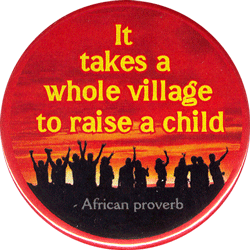
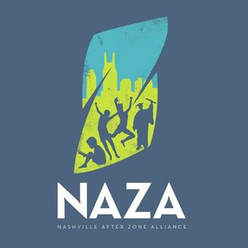
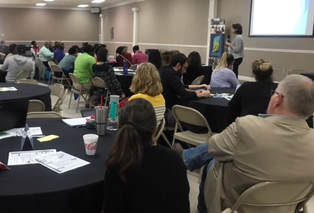
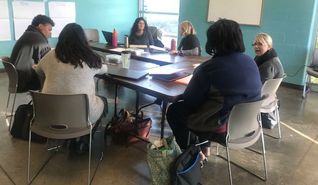
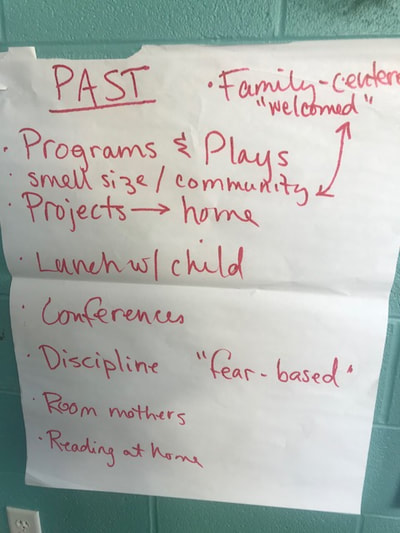
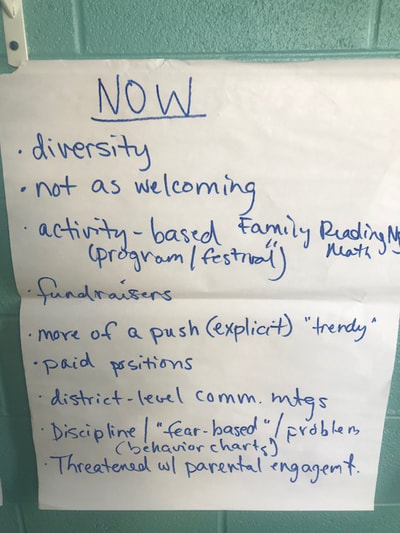
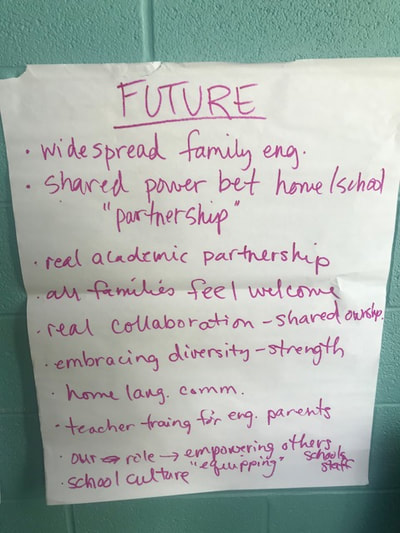
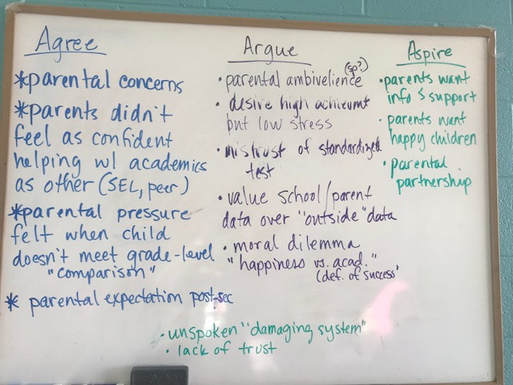
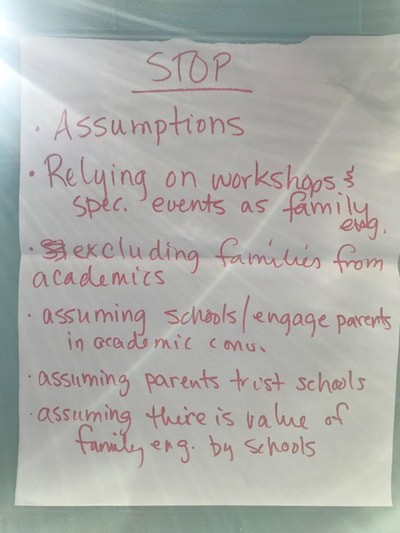
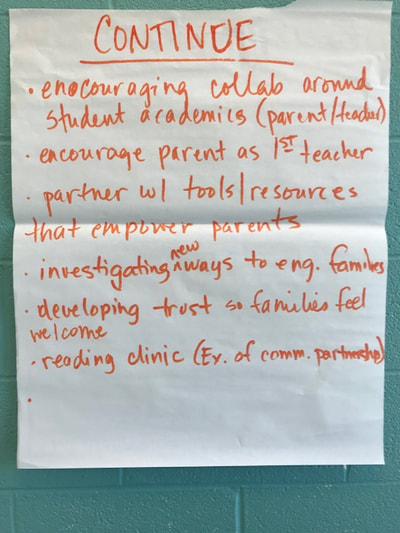
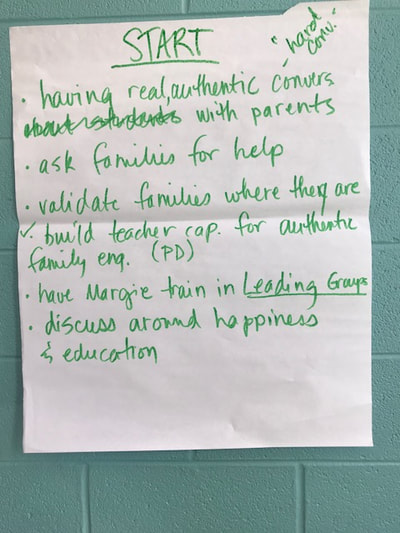
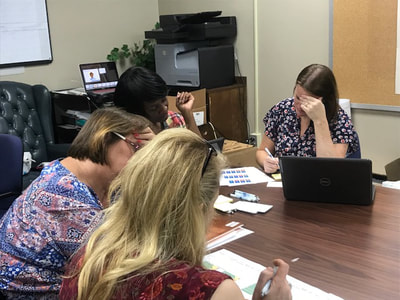
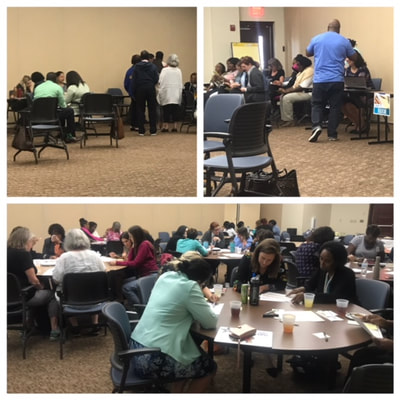
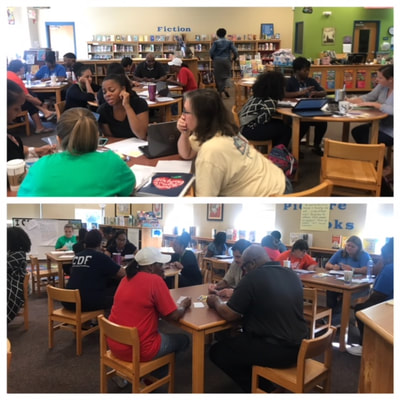
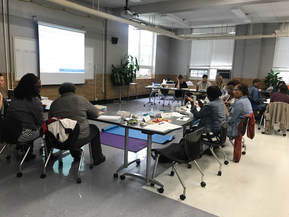
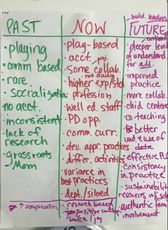
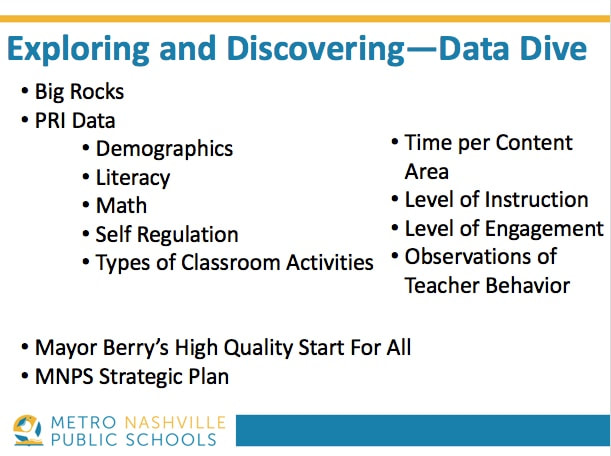
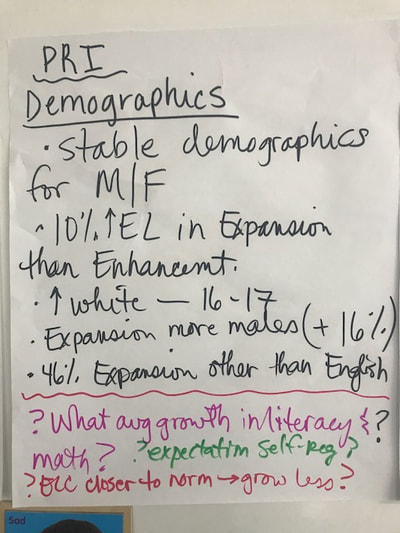
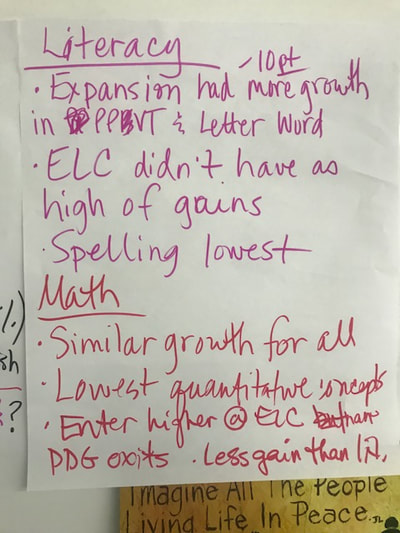
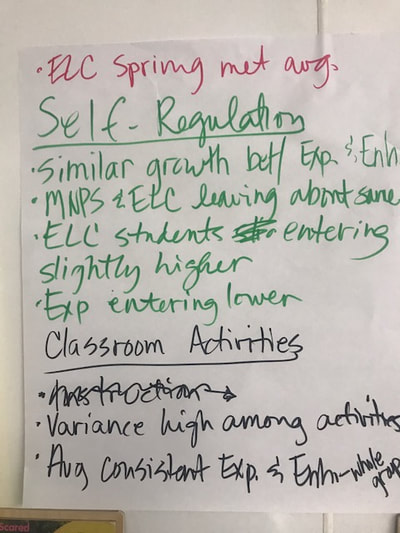
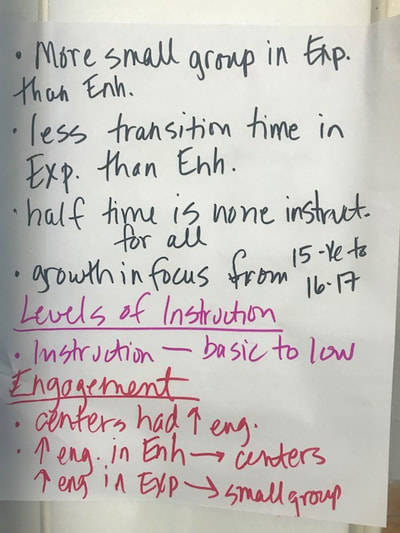
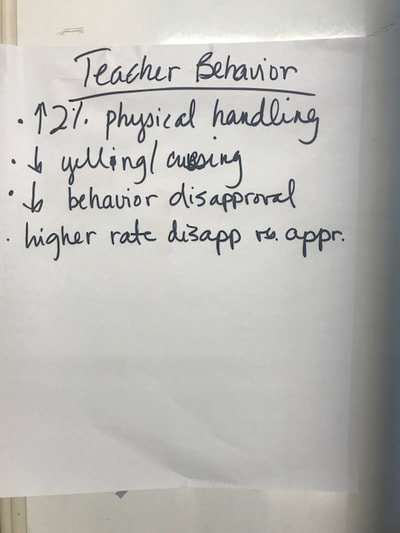
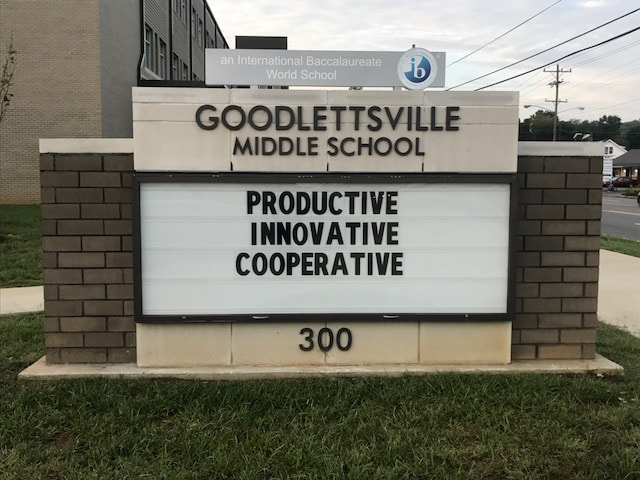
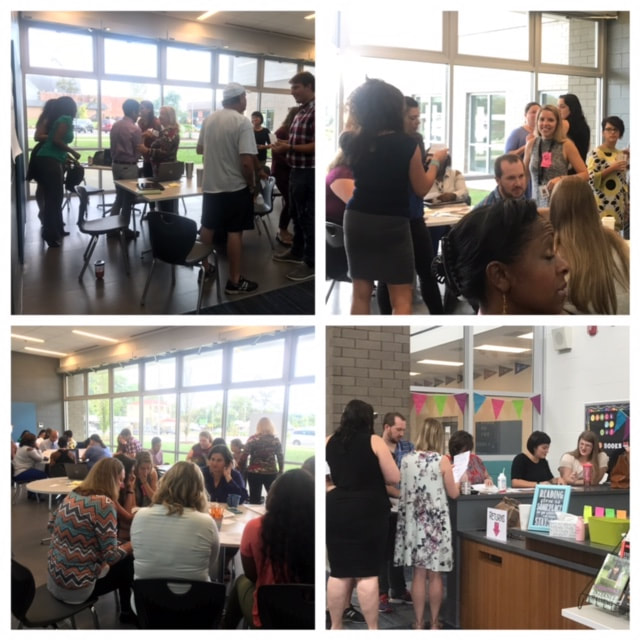
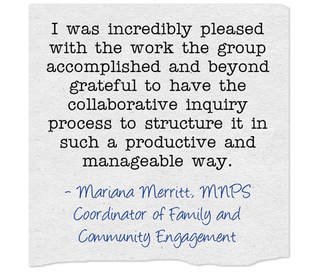
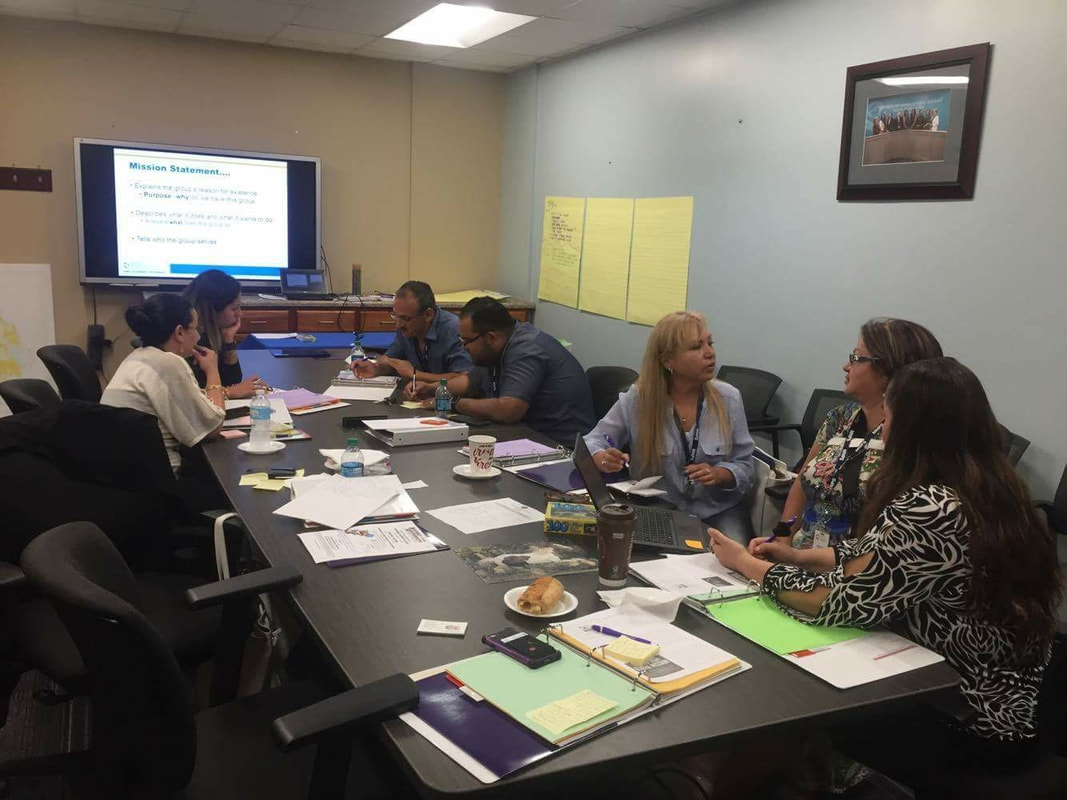
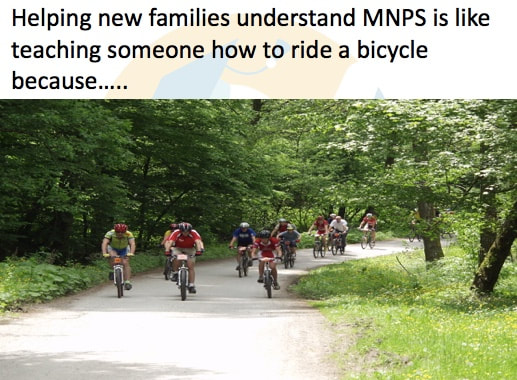
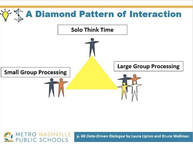
 RSS Feed
RSS Feed

